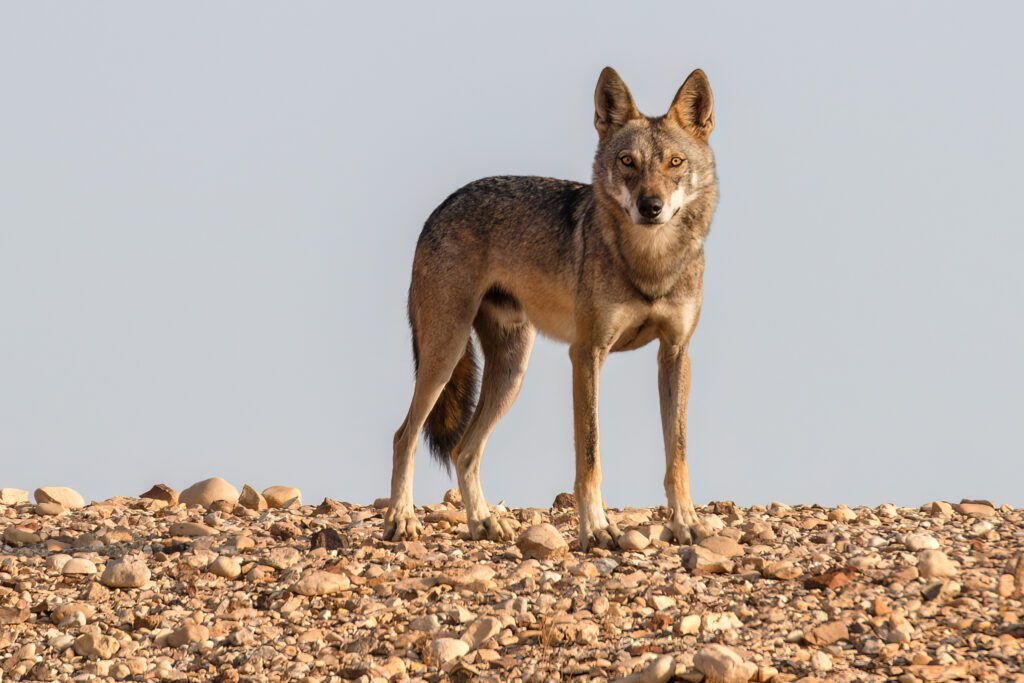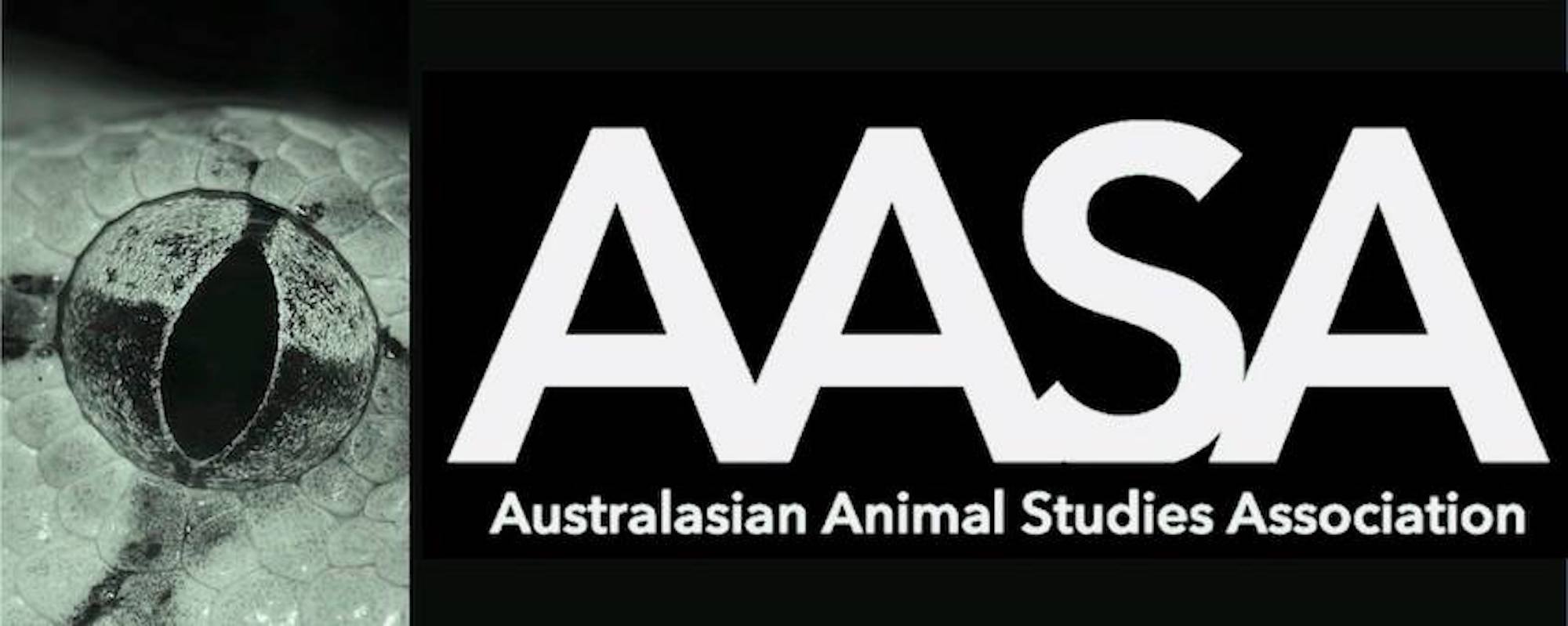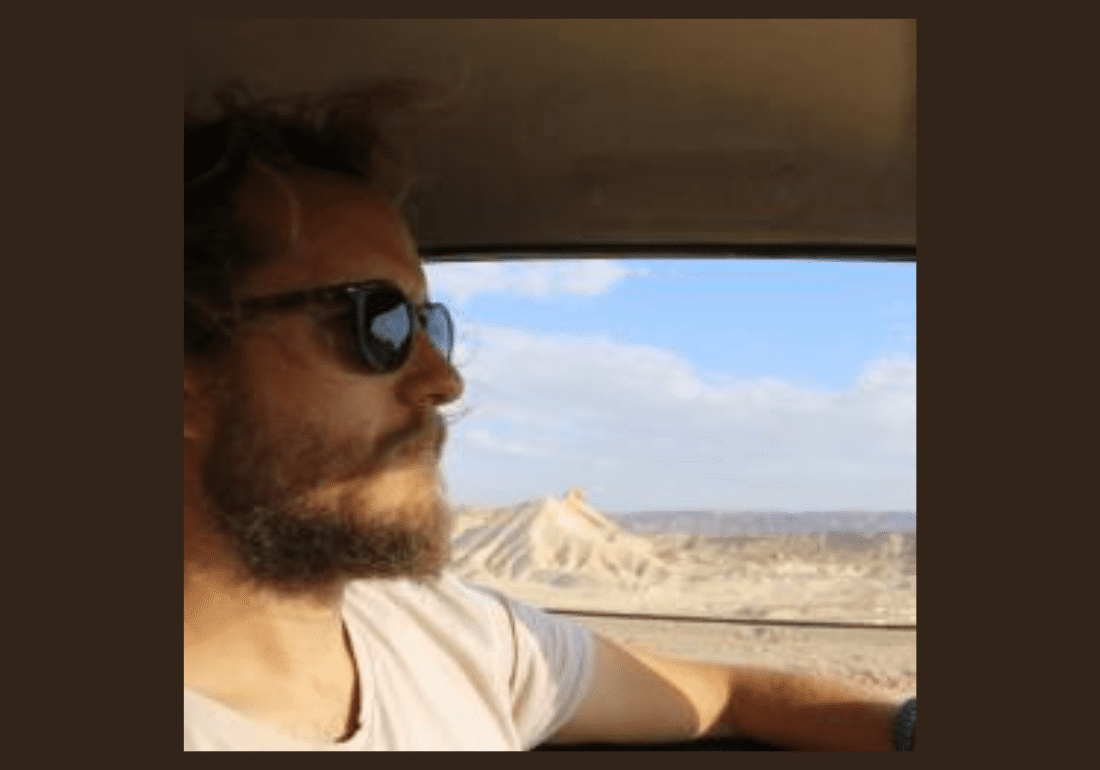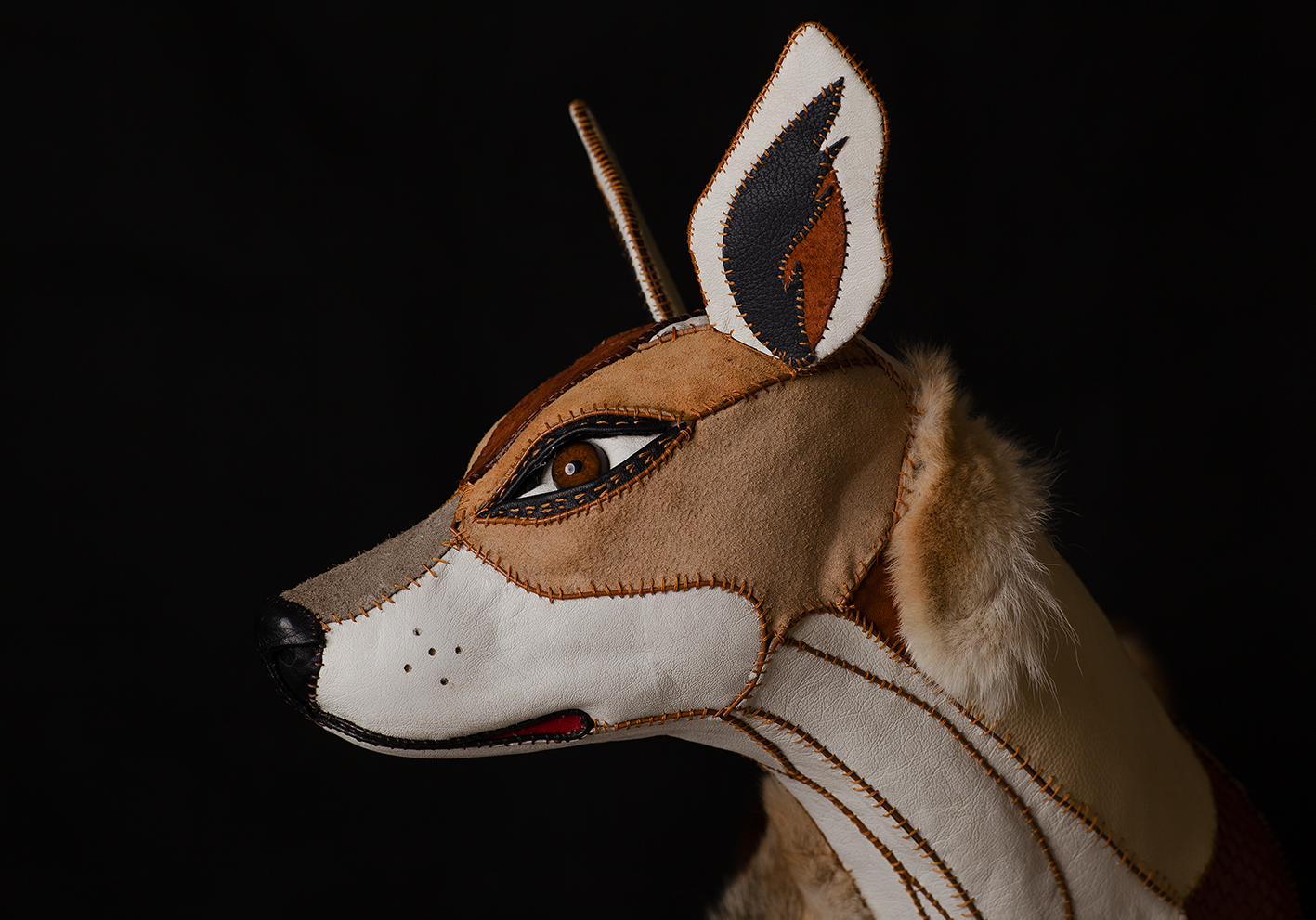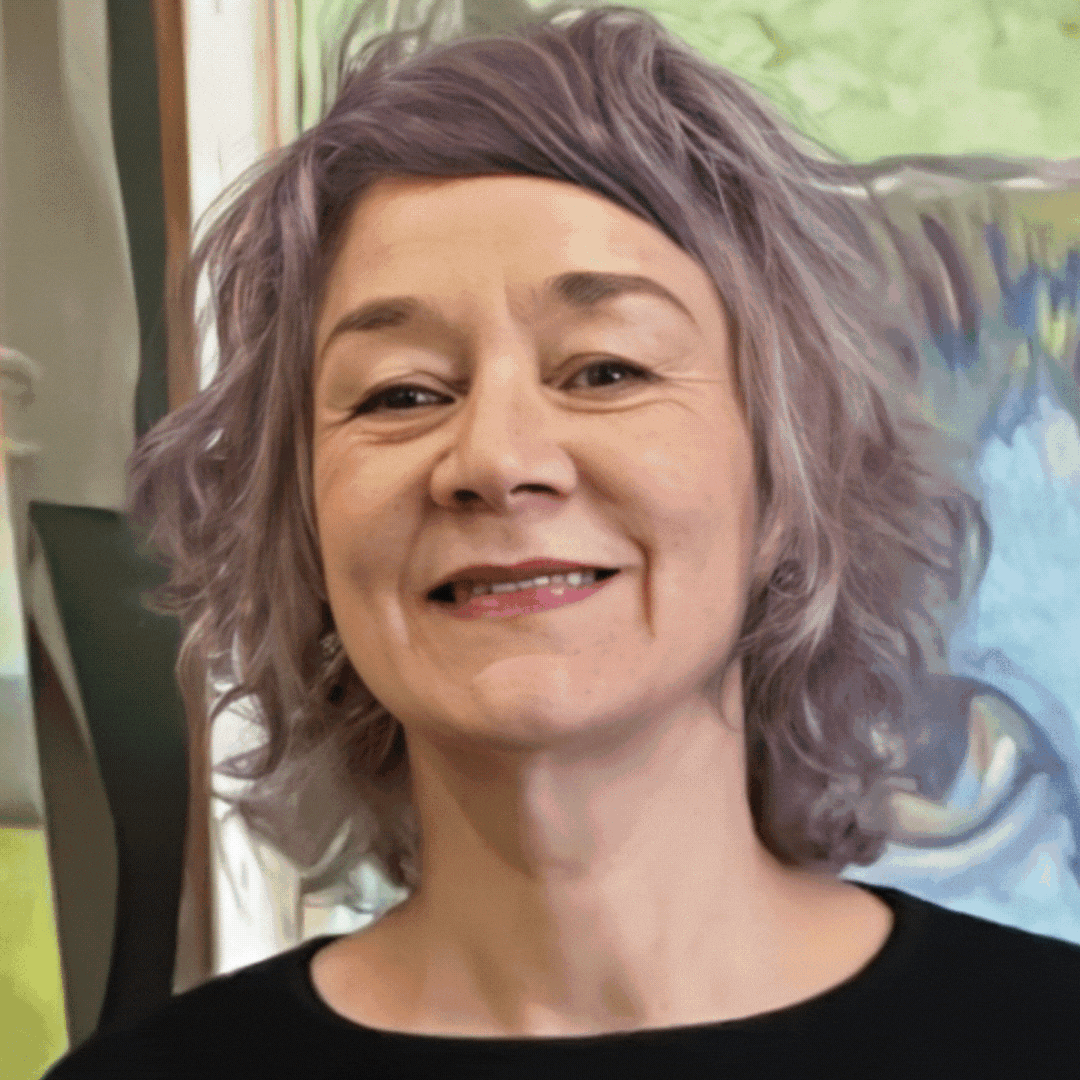Ondine Sherman talks to AASA member, Gavin Bolsen about his latest publication.
Bonsen, Gavin T., Arian D. Wallach, Dror Ben-Ami, Oded Keynan, Anton Khalilieh, Yara Dahdal, and Daniel Ramp. 2024. ‘Navigating Complex Geopolitical Landscapes: Challenges in Conserving the Endangered Arabian Wolf’. Biological Conservation 296 (August): 110655
1. What originally drew you to the field of Animal Studies?
I’ve had a deep passion for animals for as long as I can remember. This naturally led to an interest in biology during high school, fuelled further by watching countless wildlife documentaries growing up. Though I wasn’t a top student in high school, I always knew I wanted to end up “studying animals”. Following a Tafe course, an undergrad degree with an honours project on bats, and a PhD on wolves, my childhood dreams became a reality!
2. How would you broadly describe your work and interests?
My PhD research focused on the ecology and conservation of the Arabian wolf – the smallest subspecies of grey wolf, endemic to Middle Eastern deserts. Since then, I’ve spent the last couple of years monitoring waterbirds in the beautiful wetlands of the NSW Murray-Darling Basin, so I love going out to the field to observe wildlife. During my PhD, however, I began to delve more into the social aspects of conservation, highlighted in this review article.
While I was in the Middle East, and then writing this review, I became captivated by the disparities in human values, including attitudes towards wildlife. Through getting involved in the human-wildlife coexistence sphere, I came to understand the critical importance of the human dimensions of coexistence. Too often conservation strategies overlook the needs and struggles of the people on the frontline of coexistence, which inevitably leads to further conflicts between humans and wildlife. So, while I would still jump at a fieldwork opportunity to spend time with animals in nature, my main interests have now shifted more towards the human dimensions of wildlife.
3. How do you see your work relating to or impacting human-nonhuman relations?
I recently moved to Europe with my small family of five (which includes two very forgiving cats and an at-the-time 3-month-old human) to work with a group of researchers who focus on social-ecological systems. This group has done remarkable work around the world, largely centred around understanding the values, perspectives, and struggles of local communities living with wildlife, and developing cooperative strategies towards a peaceful coexistence.
I hope to learn from this group and apply some of their methods to my research area. The Middle East is a very socio-politically complex region with diverse cultures, values, beliefs, and practices. In some areas, people love wildlife and coexistence is already quite high; in others, wildlife populations are really struggling – largely as a result of human attitudes and actions.
Negative attitudes towards wildlife are still widespread, globally. By understanding the challenges faced by people living with wildlife and working cooperatively with them to address these challenges, I hope my research can play a part in helping people view wildlife with compassion and foster more positive attitudes that promote coexistence.
4. Describe what your work on wolves was like, and any future plans for research and writing.
The empirical part of my work on wolves has so far been purely ecological, mostly through the use of camera traps. I spent a few years setting out camera traps across some fascinating Middle Eastern deserts (I’m very lucky to have gotten to know the Negev desert really well!) and used spatial modelling techniques to predict the distributions of wolves and other species.
My research focused on the ecological roles of Arabian wolves, examining how they influenced the distributions of other species (e.g., prey and smaller predators) across these desert landscapes.
We also looked at spatial responses of these species to wolves, and of wolves to people, and found that wolves significantly influenced other species and they themselves were influenced by people across different human contexts (i.e., across varying levels of ‘coexistence’).
I’m now working on proposals to continue work in the Middle East, aiming to use similar spatial modelling techniques across a broader geographical area.
This time I plan to include a large human component, working closely with people and understanding their needs and values, and factoring these into human-wildlife coexistence ‘equations’.
